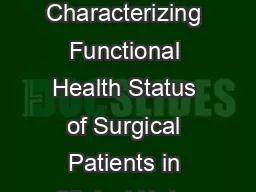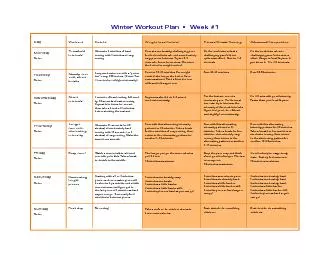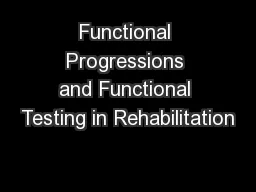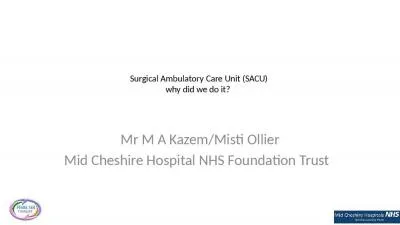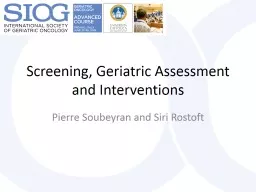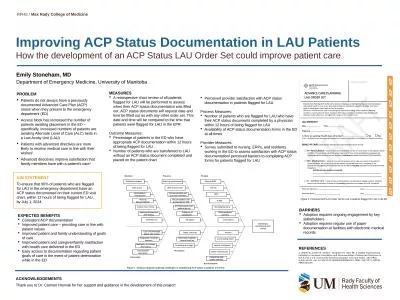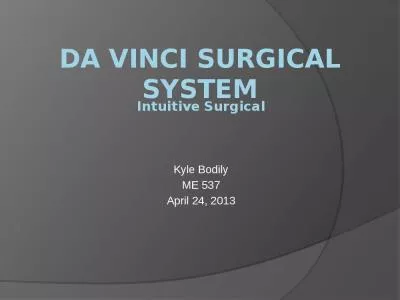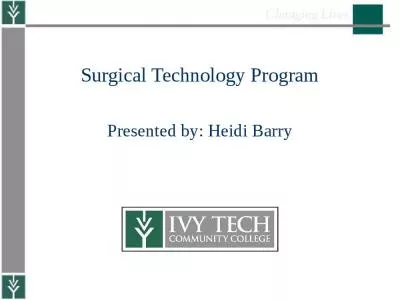PPT-Characterizing Functional Health Status of Surgical Patients in Clinical Notes
Author : pinperc | Published Date : 2020-06-24
Skube SJ Lindemann EA Arsoniadis EG Akre M Wick EC Melton GB Background Functional health status is an individuals ability to perform daily activities required
Presentation Embed Code
Download Presentation
Download Presentation The PPT/PDF document "Characterizing Functional Health Status ..." is the property of its rightful owner. Permission is granted to download and print the materials on this website for personal, non-commercial use only, and to display it on your personal computer provided you do not modify the materials and that you retain all copyright notices contained in the materials. By downloading content from our website, you accept the terms of this agreement.
Characterizing Functional Health Status of Surgical Patients in Clinical Notes: Transcript
Download Rules Of Document
"Characterizing Functional Health Status of Surgical Patients in Clinical Notes"The content belongs to its owner. You may download and print it for personal use, without modification, and keep all copyright notices. By downloading, you agree to these terms.
Related Documents

